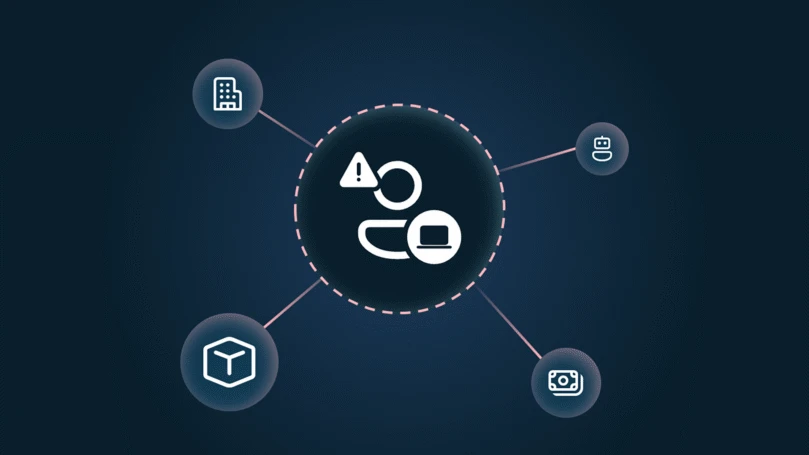Microsoft Security Blog
Your source for the latest in cybersecurity

Clarity in complexity: New insights for transparent email security
Microsoft’s latest benchmarking report reveals how layered email defenses perform, offering real-world insights to strengthen protection and reduce risk.

Agents built into your workflow: Get Security Copilot with Microsoft 365 E5
At Microsoft Ignite 2025, we are not just announcing new features—we are redefining what’s possible, empowering security teams to shift from reactive responses to proactive strategies.
Stay ahead of threats
Get expert insights, threat intelligence, and the latest cybersecurity reports from Security Insider.
AI and machine learning
-

New Microsoft e-book: 3 reasons point solutions are holding you back
Explore the new Microsoft e-book on how a unified, AI-ready platform delivers speed, resilience, and measurable security gains. -

From awareness to action: Building a security-first culture for the agentic AI era
The insights gained from Cybersecurity Awareness Month, right through to Microsoft Ignite 2025, demonstrate that security remains a top priority for business leaders. -

How to build forward-thinking cybersecurity teams for tomorrow
To secure the future, we must future-proof our cybersecurity talent and develop teams that are agile, innovative, and perpetually learning.
Modernize your security operations center
Confidently secure your multicloud, multiplatform environment with Microsoft Sentinel – a cloud-native security information and event management (SIEM) solution.
Latest posts
-

New Microsoft e-book: 3 reasons point solutions are holding you back
Explore the new Microsoft e-book on how a unified, AI-ready platform delivers speed, resilience, and measurable security gains. -

Access Fabric: A modern approach to identity and network access
An Access Fabric is a unified access security solution that continuously decides who can access what, from where, and under what conditions—in real time. -

Defending against the CVE-2025-55182 (React2Shell) vulnerability in React Server Components
CVE-2025-55182 (also referred to as React2Shell and includes CVE-2025-66478, which was merged into it) is a critical pre-authentication remote code execution (RCE) vulnerability affecting React Server Components and related frameworks. -

Microsoft named an overall leader in KuppingerCole Leadership Compass for Generative AI Defense
Today, we are proud to share that Microsoft has been recognized as an overall leader in the KuppingerCole Leadership Compass for Generative AI Defense. -

Imposter for hire: How fake people can gain very real access
Fake employees are an emerging cybersecurity threat. -

From awareness to action: Building a security-first culture for the agentic AI era
The insights gained from Cybersecurity Awareness Month, right through to Microsoft Ignite 2025, demonstrate that security remains a top priority for business leaders.


